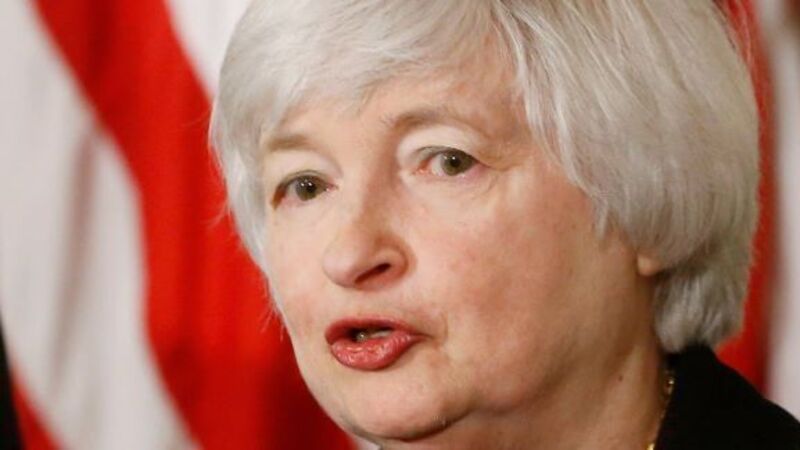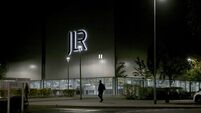Fed faces major challenge in tapering policy

The Fed has kept its key interest rate at the historically low target range of 0%-0.25% since Dec 2008.
It has also engaged in asset purchases, known as quantitative easing, to lower long-term interest rates. The latest Fed asset purchase programme, amounting to $85bn (€62.8bn) per month, has been going on for over a year now.
Forward guidance on interest rate policy has also been used by the Fed over the past two years.
It has indicated that it will keep interest rates at close to zero for at least as long as the unemployment rate remains above 6.5% and medium-term inflation remains at or below 2.5%. The Fed did not expect the unemployment rate to drop to this level until mid-2015.
The pace of US economic activity, though, has picked up and the unemployment rate has come down quicker than expected, dropping towards 7%. Thus, markets have started to speculate on when official interest rates might start to increase.
This speculation was heightened in June when the current Fed chairman, Ben Bernanke, said that the Fed was likely to start scaling back its QE programme before the end of the year.
The result was a big rise in market interest rates and bond yields over the summer. This represented a real tightening of monetary conditions and saw a slowdown in the pace of recovery of the US housing market.
The US Fed surprised the markets by not starting to scale back its quantitative easing programme this autumn, partly in response to the rise in market interest rates.
It sent a strong signal that monetary policy will stay very loose. As a result, there has been a partial unwinding of some of the rise in long-term rates that occurred over the summer.
Fed critics worry that the very loose monetary stance could create asset bubbles and also eventually lead to inflationary problems.
Ms Yellen indicated in her testimony, though, that the Fed needs to continue supporting the recovery in activity and has more work to do to restore the economy to a more solid footing.
The Fed may now not begin to taper or wind down its quantitative easing programme until early next year. It will be keen to try and prevent another big rise in market interest rates when it does commence this tapering.
This may prove a difficult challenge. The US economy is likely to grow by a modest 1.7% this year but GDP growth could pick up to close on 3% in 2014.
Fiscal policy will have a far less dampening effect on activity next year compared to 2013. Rising employment and a marked fall in inflation should boost consumer spending next year, with a further rise expected in housing construction also.
Exports should benefit from stronger global growth, while capital spending should pick up after a subdued performance this year.
A strong pick-up in growth combined with Fed tapering will almost certainly put upward pressure on market interest rates, especially as it is likely to coincide with a fall in the unemployment rate to below 7%.
The Fed, though, could temper the rise in rates by moving the goal posts on its forward guidance policy.
Given the current very low level of inflation, the Fed could indicate that it now intends to keep official interest rates at close to zero until the unemployment rate drops to a 5.5%-6% range. This would be a signal that the Fed still does not expect to begin raising rates until mid-2015 at the earliest, even if economic conditions improve significantly next year.
*















